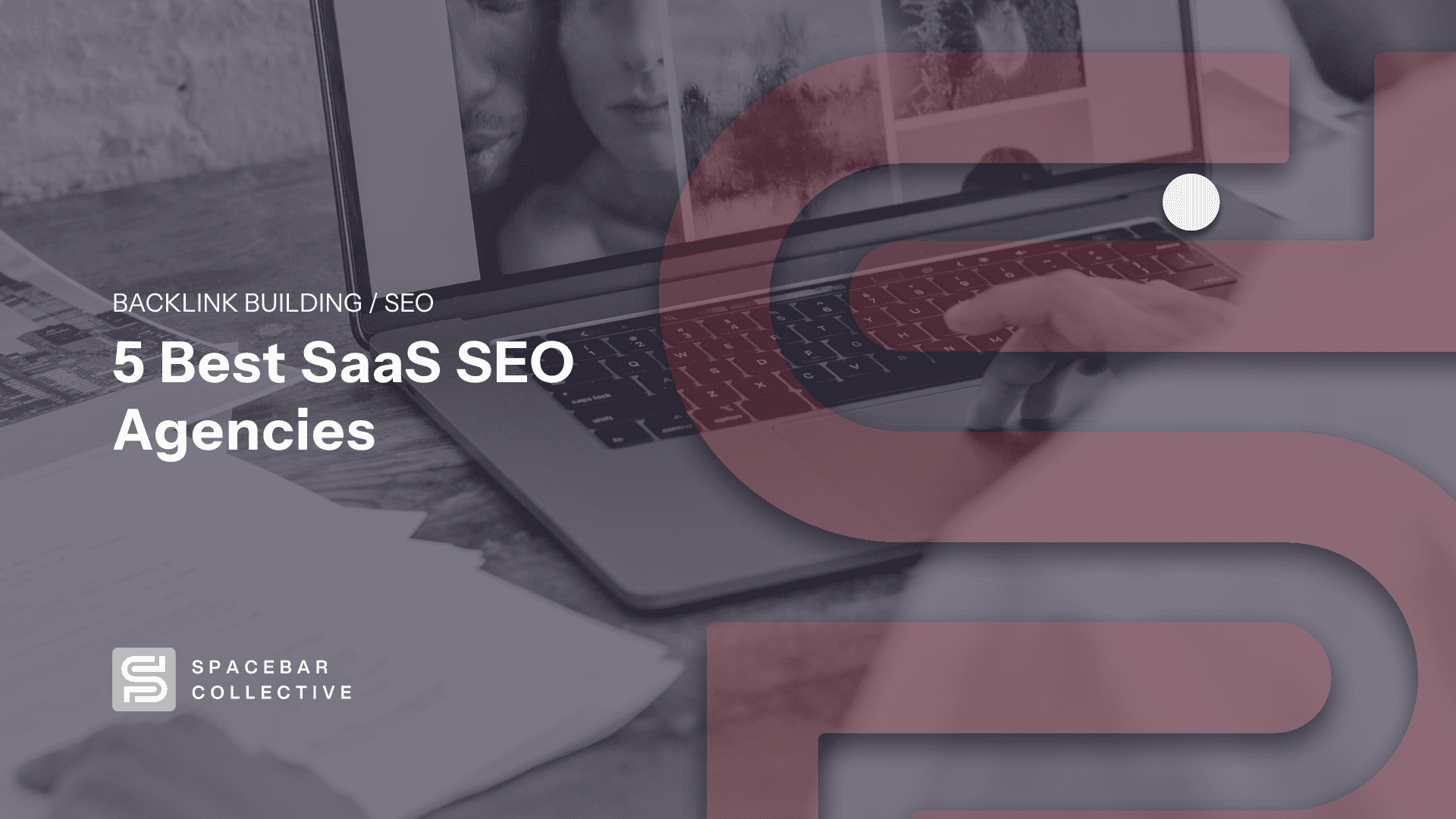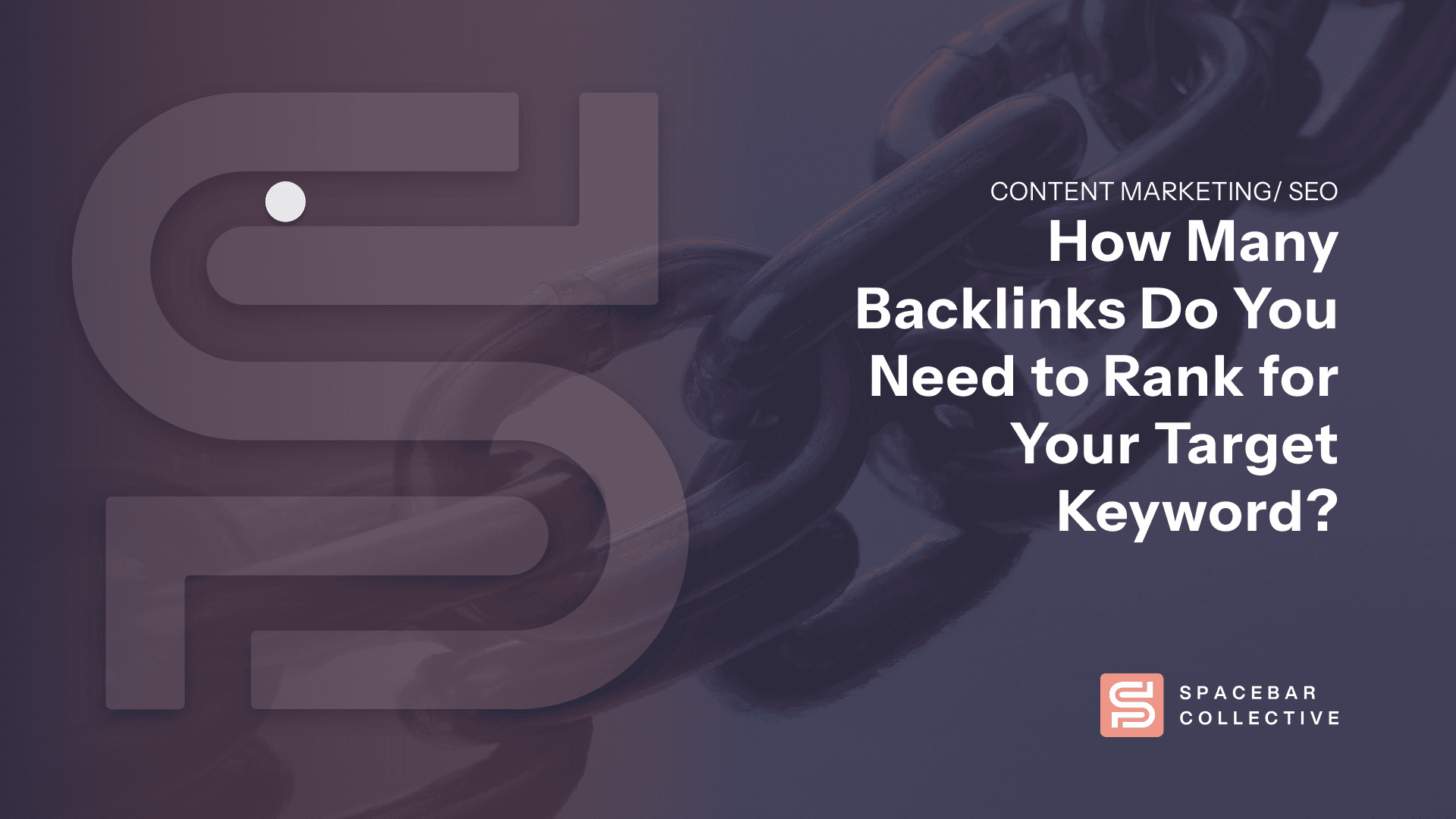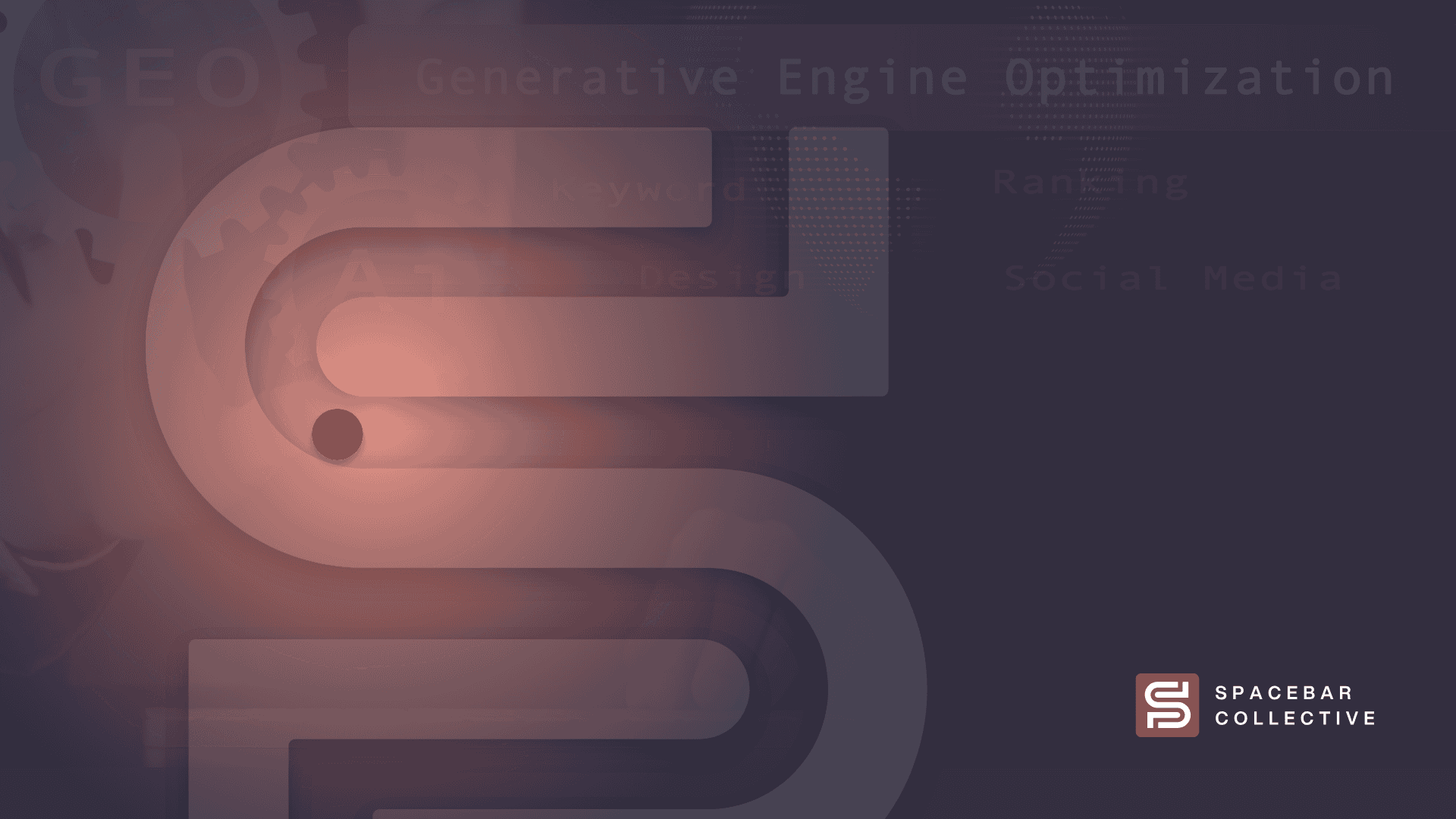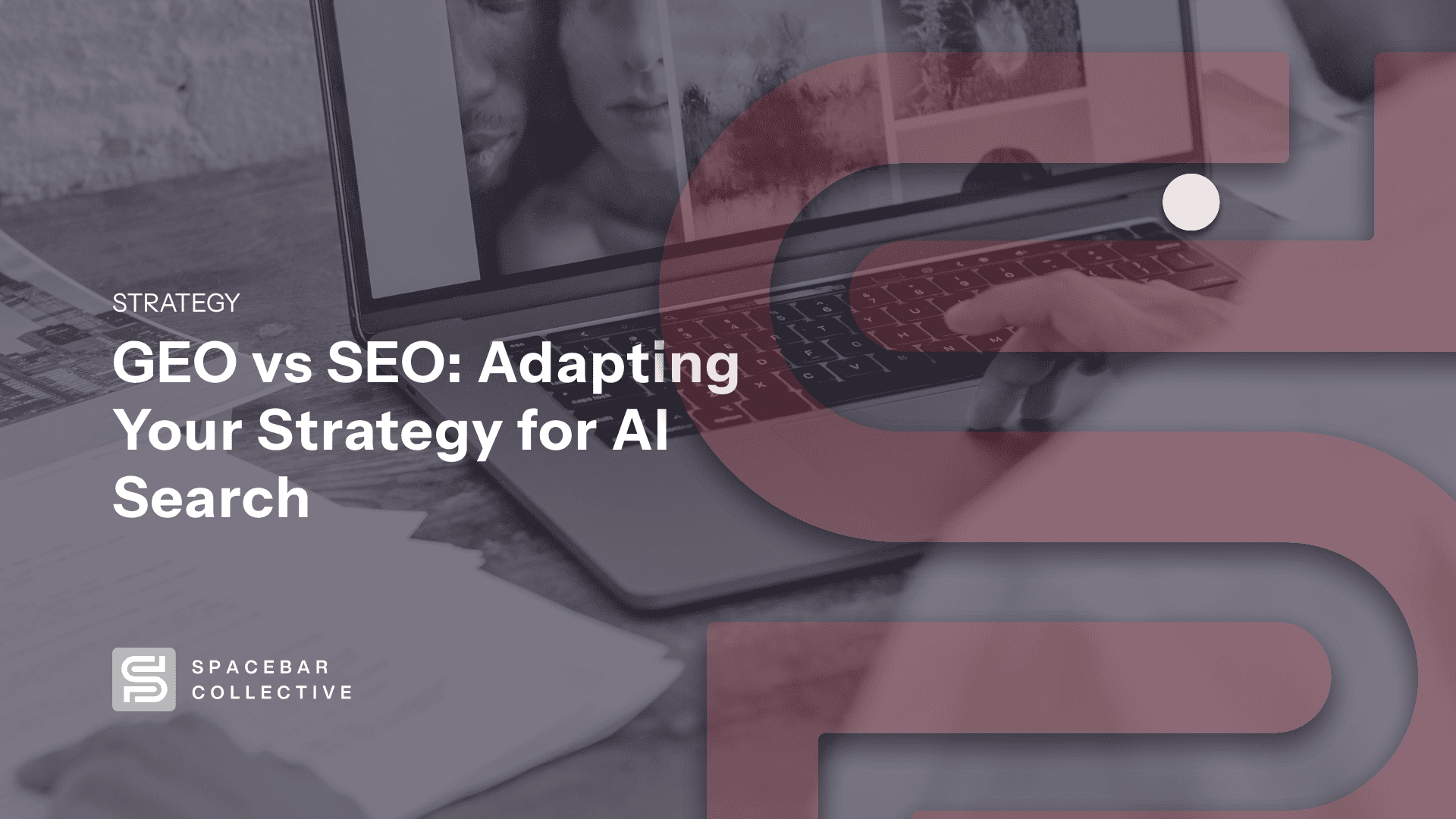What is demand generation?
Demand generation is the long-term process of creating and nurturing interest in a company’s products or services through customer education. Effective demand generation efforts will build a consistent stream of new business, creating a predictable pipeline of growth.
Demand generation marketers strive to pinpoint potential prospects using behavioural data, nurturing leads along the sales funnel.
Demand Generation vs Lead Generation
Demand generation and lead generation are both crucial aspects of marketing, but they serve distinct purposes in the sales funnel.
Demand generation focuses on creating brand awareness across a broad audience. It involves strategies like content marketing, social media engagement, and educational campaigns to generate interest and build brand reputation. Common channels for demand generation include email, SEO, and paid advertising.
Lead generation is a targeted approach designed to identify and capture potential customers who have shown interest in your business by sharing their contact details. Strategies for lead generation include the use of forms, gated content, and tailored advertising, all aimed at gathering leads for the sales team to follow up on.
While demand generation casts a wider net to attract prospects, lead generation targets individuals who are more likely to convert into customers. Both components are essential for a successful marketing strategy, with demand generation laying the foundation for lead generation to thrive.
The Content Marketing Funnel Explained
The traditional marketing funnel consists of six distinct stages, each characterised by its unique intricacies and optimal content types. The funnel outlines the customer’s path from initial brand awareness to the final purchase decision.
- Awareness: During the initial phase of the funnel, companies strive to generate brand awareness among their target demographic using a variety of growth channels such as paid advertising, organic social media, and SEO.
- Interest: The interest stage is where a potential customer (or user) is already aware of your brand and begins to research more about them. They are not quite yet ready to make a purchase decision.
- Consideration: As the name suggests, potential customers are considering making a purchase and have already shown some level of interest in your brand’s offering. It’s at this point where they begin to compare your product or service to your competitors.
- Intent: In the intent stage, the potential customer has already made up their mind in choosing your brand over your competitors but still needs a little extra push to actually convert into a paying customer (or free signup in the case of freemium SaaS models).
- Evaluation: At this crucial stage of the funnel, potential customers are weighing their options, considering various factors such as price, quality, and features, before making their final purchasing decision.
- Purchase: The end goal of the marketing funnel: converting a potential customer into a paying one.
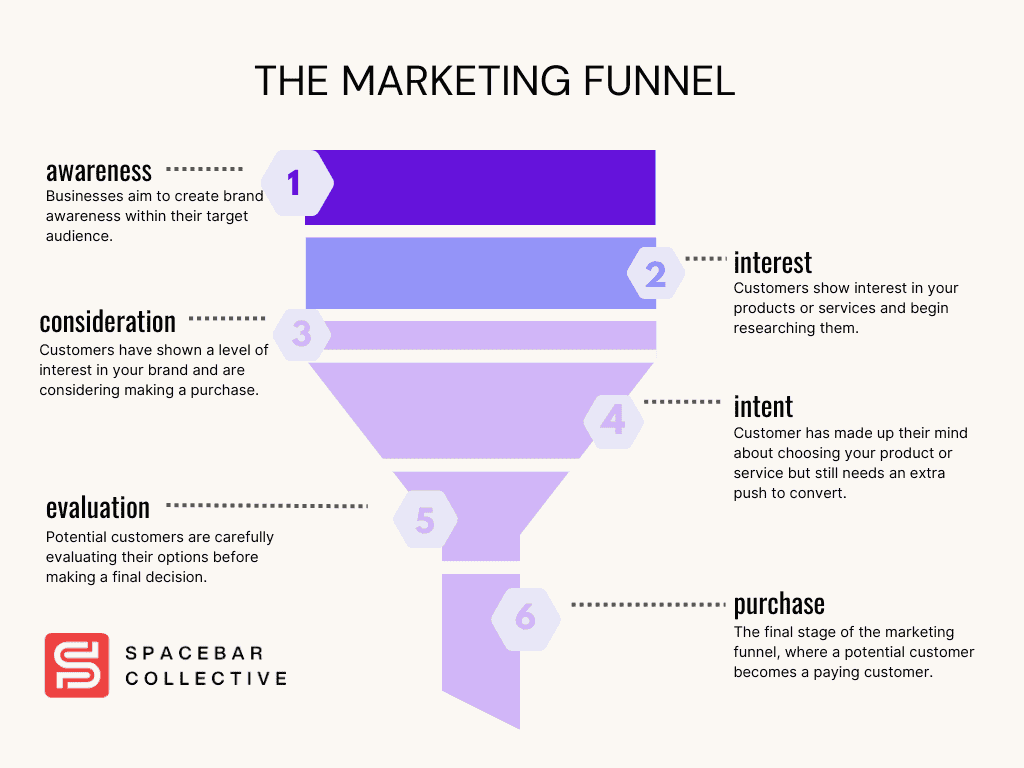
While this may sound overly complicated at first glance, these 6 funnel stages can be simplified down to 3: top, middle and bottom of the funnel.
The top of the marketing funnel consists of the brand Awareness and Interest stages. It’s at this point in the buyer journey that potential customers are getting first acquainted with your brand.
Next is the middle of the funnel: the Consideration and Intent stages. This is arguably the most difficult stage to build marketing content for because it’s where you do the groundwork of customer education. Customers are beginning to compare your brand to your competitors, so it’s crucial you don’t miss out on this funnel stage.
Finally, we have the bottom of the funnel, where all the conversions happen in the Evaluation and Purchase stages. It’s here where customers have done all their homework and are ready to make a final purchase decision.
Building Brand Awareness for Your SaaS
With how competitive SaaS can be, it’s absolutely critical to build brand awareness through any means possible. In this blog, we’ll cover 4 primary channels for demand generation you can use to build brand awareness for your SaaS company: SEO, paid advertising, email marketing and referral marketing.
By using all of these channels or any combination of the 4, SaaS founders can expand their user base effectively. SEO is the strongest long-term play of these channels, focusing on driving traffic through existing demand via search engines. Paid advertising campaigns can drive immediate traffic and conversions. Email marketing allows for more personalised communication on a 1 to 1 level, invaluable in nurturing leads and moving people down the funnel. Referral marketing taps into existing networks, resulting in some of the easiest conversions of any channel.
Demand Generation Channels for SaaS Companies
To achieve sustainable growth and broaden their user base, SaaS founders need to skillfully leverage a variety of demand generation channels. The 4 channels we recommend the most for SaaS companies are SEO, paid advertising, email marketing, and referral marketing.
SEO lays a solid long-term foundation by tapping into search demand, while paid advertising brings in immediate results. Email marketing enables personalised engagement, smoothly leading prospects through the sales funnel. Referral marketing leverages existing networks for effective conversions.
By implementing a multi-channel approach to demand generation, SaaS companies can effectively enhance their visibility and fuel their growth in both the short and long term.
SEO
SEO is a powerful demand generation channel for SaaS companies due to its ability to increase visibility and drive organic traffic to their websites.
Earning rankings in search engines allow companies to establish long-term credibility and authority in their market, leading to sustainable growth, lower customer acquisition costs compared to other channels and improved retention rates.
Once a potential user begins to research their options in the market, (Google) search is often the first place they look for information to help their purchase decision.
By ranking educational content highly, you’re able to exude better control over the buyer journey. For example, offering fair comparisons to competitors in buyers’ guides is a great way to help the user find the best solution for their specific needs.
According to a study by Sparktoro, Google sends the most traffic to the open web, a dominant 63.41% of all web traffic. Investing in SEO should be one of your primary growth channels.
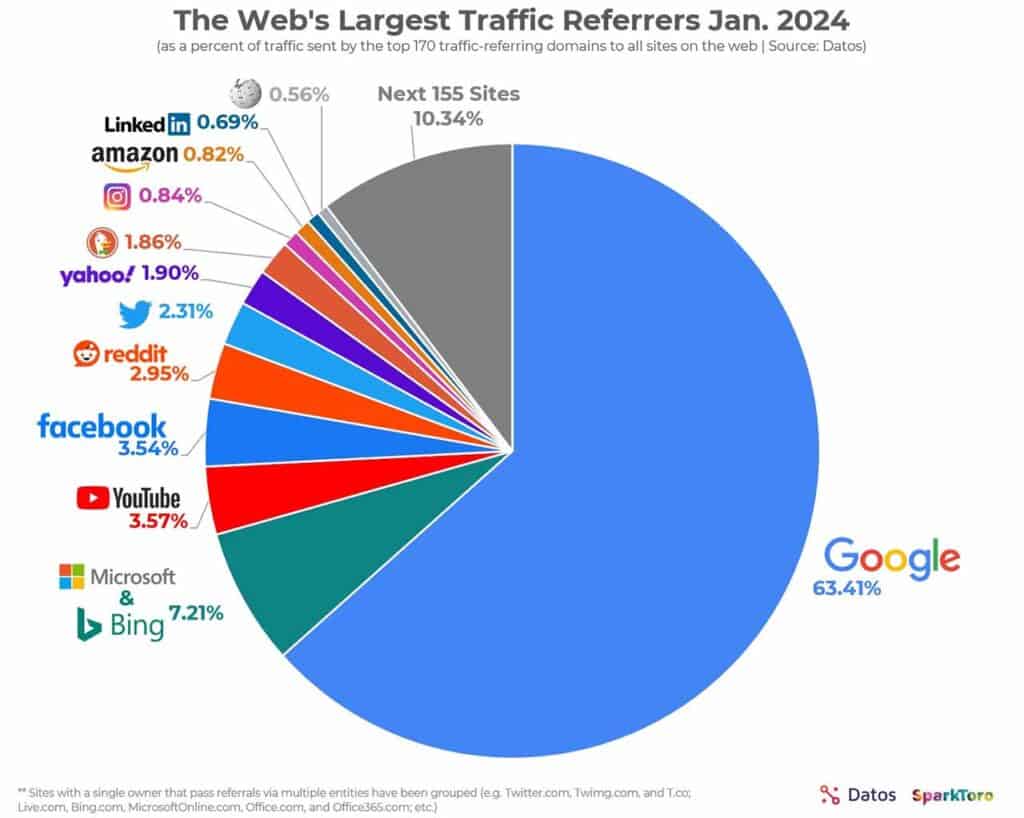
Benefits of SEO
Simply put, here’s why you should consider SEO as a demand generation channel:
- Position your brand as an authority next to established competitors
- Sustainable growth with lower customer acquisition costs
- Improved retention rates on signups from organic search
- Better control over customer education during their buyer journey
How to Do SEO for SaaS
SaaS SEO isn’t all that different from other business models: fundamentals move mountains. However, SaaS companies are also uniquely positioned to take advantage of SEO because of few reasons. There are a large number of SaaS and startup directories that can be leveraged to build strong foundational links. SaaS companies are also positioned well to do news-worthy things, which can be used to build backlinks through PR campaigns. For example, an investment round raise can be announced via press releases, resulting in media coverage (and juicy backlinks).
Technical SEO Foundation
It’s important to have a strong technical foundation for SEO so that your content has the best chance at ranking on search engines. If there are glaring technical issues with your site, it’s unlikely that you’ll rank well (or at all). Technical SEO is a complex field with plenty of nuance, so it’s advisable to contact a professional SEO for an audit if you’re feeling unsure of where you stand from a technical standpoint.
For those who would rather take things into their own hands, we wrote a great beginner’s resource to learning technical SEO you can read.
On-Page SEO
Unlike technical SEO, on-page SEO is fairly straightforward and can be picked up quickly by just about anyone with writing experience.
- Quality Content Creation: Creating high-quality, engaging content is essential for on-page SEO. SaaS companies should focus on producing informative blog posts, case studies, whitepapers, and other content types that address the needs and pain points of their target audience. Content should be well-structured, unique, and include relevant keywords to improve visibility in search results.
- Internal Linking Strategy: Implementing a strategic internal linking structure can help improve website navigation, distribute link equity, and enhance the overall user experience. SaaS companies should link related pages within their website to help search engines understand the content hierarchy and establish context. Internal linking also helps to spread ranking power across multiple pages, boosting SEO performance.
For a more in-depth look at how to tick all boxes, read our on-page SEO guidelines blog.
Off-Page SEO
Off-page SEO plays a crucial role in enhancing a website’s visibility and credibility on the internet. Unlike on-page SEO, which focuses on optimising content within the website, off-page SEO deals with improving a site’s reputation through external factors like backlinks, social signals, and mentions on other platforms.
By building a strong off-page SEO strategy, businesses can increase their domain authority, attract more organic traffic, and establish trust with search engines like Google.
Off-page SEO activities such as targeted backlink building campaigns, influencer partnerships, and online PR campaigns are essential for boosting a website’s rankings and driving long-term success in the competitive digital landscape.
SaaS companies should also consider building listings in software review sites and startup directories like G2, Capterra and TrustPilot.
Why You Should Outsource SEO for Your SaaS
Outsourcing SEO for SaaS companies can be beneficial for founders looking to maximise their resources and expertise. Managing an in-house SEO operation can be complex and time-consuming, requiring constant monitoring and adjustments to keep up with evolving algorithms and trends.
By outsourcing, SaaS founders can leverage the specialised knowledge and experience of SEO professionals who stay updated with industry best practices.
This approach not only saves on internal costs associated with hiring and training but also allows founders to focus on their core strengths, such as product development and customer acquisition.
Investing in a reputable SEO agency like Spacebar Collective can yield higher returns in terms of increased website visibility, lead generation, and overall business growth.
PPC
Unlike organic methods like SEO that take time to yield results, PPC offers immediate visibility and control over ad placement, targeting, and budget allocation.
With PPC, founders can target specific keywords, demographics, and interests to reach their ideal audience, driving traffic to their website and generating leads quickly.
PPC also allows for real-time performance tracking and optimization, enabling founders to make data-driven decisions to maximise ROI.
The combination of PPC for short term gains and SEO for long term success is a powerful one used by the majority of top SaaS companies.
The Importance of Split Testing Ads
Split testing (A/B testing) is the lifeblood of any paid advertising campaign because it allows you to constantly refine and improve your ads. By creating 2+ versions of an ad and testing them against each other, you can determine which one is more effective and make adjustments accordingly.
Retargeting Ads
Retargeting ads serve as a powerful growth channel for SaaS companies by targeting individuals who have previously interacted with their website or platform but did not make a purchase or sign up.
This method is incredibly efficient because it focuses on people already familiar with the product or service, thus having a higher likelihood of converting them into paying customers.
By displaying relevant ads across different websites and platforms, retargeting keeps the brand top of mind, encouraging potential customers to revisit and complete their purchase or subscription. This strategy not only increases conversion rates but also boosts brand awareness and recall, vital components for the long-term growth of any SaaS company.
Ad Platforms to Consider
Choosing the right ad platform for a PPC campaign is crucial for the success of your advertising efforts. Different platforms offer various targeting options, ad formats, and audience reach.
For example, Google Ads is great for reaching a wide audience through search and display networks, while Facebook Ads allows for detailed audience targeting based on interests, behaviour, and demographics.
Understanding your target audience and campaign goals will help determine which platform is the best fit for your specific needs.
You should also consider factors such as budget, ad performance tracking capabilities, and ad placement options when deciding on the most suitable ad platform for your PPC campaign.
Here are the main ad platforms SaaS companies should consider:
- X (Twitter)
Email Marketing
Email marketing is a vital component of an omni-channel demand generation strategy due to its ability to directly reach potential customers and nurture leads effectively.
By leveraging personalised and targeted email campaigns, businesses can engage with their audience, build trust, and drive conversions. Email marketing also allows for easy tracking of campaign performance, enabling businesses to optimise their strategies based on data-driven insights.
Lead Nurturing
Lead nurturing in email marketing is a crucial aspect of converting leads into customers. It involves building relationships with potential customers at every stage of the sales funnel by providing them with relevant and valuable content.
This process aims to guide leads through the buyer’s journey, from awareness to decision-making, ultimately increasing the chances of a successful conversion. By sending personalised emails based on the lead’s behaviour and interests, businesses can engage with their audience effectively and move them closer to making a purchase.
3 Email Sequences Every SaaS Should Use
- Onboarding Sequence: A crucial email sequence for SaaS companies, the onboarding sequence is designed to introduce new users to your platform. It should include welcome emails, tutorials, and tips to help users get started smoothly. This sequence sets the tone for the customer’s experience and lays the foundation for long-term engagement.
- Engagement Sequence: Keeping users engaged is key to reducing churn rates. An engagement sequence includes emails that highlight new features, best practices, case studies, and other valuable content to keep users interested and active on your platform. By nurturing user engagement, SaaS companies can increase customer satisfaction and loyalty.
- Renewal/Upgrade Sequence: To maximise customer lifetime value, SaaS companies need to focus on renewals and upgrades. This sequence should include timely reminders about subscription renewals, incentives for upgrading to higher-tier plans, and personalised recommendations based on the user’s usage patterns. By proactively addressing renewals and upgrades, SaaS companies can boost revenue and retain valuable customers.
Referral Marketing
Referral marketing is a critical component of a multi-channel demand generation strategy as it leverages the power of existing customers to acquire new ones. When happy customers refer their friends or colleagues to a SaaS company, it not only expands the customer base but also builds trust and credibility through word-of-mouth recommendations.
Choosing Referral Incentives
Choosing the right referral incentives is vital to the success of such programs. Incentives should be aligned with what truly motivates customers to refer others, whether it’s cash, gift cards, discounts, exclusive access to features, or other rewards that resonate with their needs and preferences. Understanding customer motivations and tailoring incentives accordingly can significantly increase the effectiveness of referral marketing initiatives.
Automating Referral Campaigns
Designing, launching and optimising a referral program at scale is no easy task. That’s why you should let referral program software like ReferralRock do the grunt work for you.
With features like automated referrals, customizable reward options, and easy integration with your existing marketing tools, ReferralRock can help streamline your referral program and drive more successful customer recommendations. By automating the process, you can save time and resources while ensuring a consistent brand image and experience for all participants.
In order to measure the success of your referral program, it’s important to track and analyse its performance. This includes collecting data on how many referrals are being made, which incentives are most effective in driving referrals, and how much revenue is being generated from these referrals. With this information, you can make data-driven decisions to optimise your program for even greater results.
SaaS Demand Generation
When it comes to demand generation for SaaS businesses, SEO stands out as a powerful channel to drive success.
While leveraging existing marketing tools like ReferralRock can streamline your referral program and boost customer recommendations, SEO plays a crucial role in ensuring long-term visibility and sustainable growth.
Through analysing and optimising your SEO strategy, you can attract organic traffic, improve brand awareness, and ultimately, drive more conversions. Remember, in the digital landscape, SEO is the cornerstone of effective demand generation, helping you reach your target audience and achieve sustainable business growth.
If you’re ready to consider SEO as a growth channel for your business, get in touch with us here at Spacebar Collective today!
We’re taking on new clients and are ready to move the needle for you!

